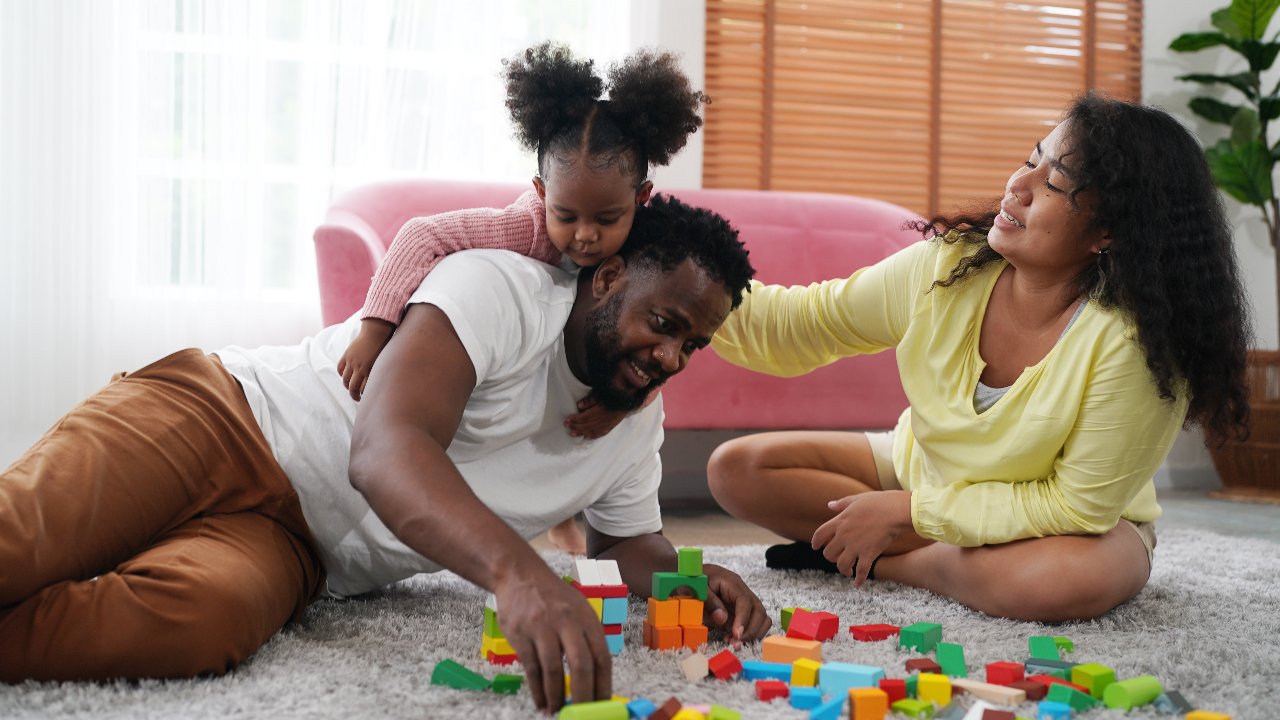Every week in the clinic we hear our working parents discuss the difficulties of managing work, kids, housework, yard work, and trying to fit in exercise for themselves. One major challenge we often discuss associated with pain and injury is the difficulty of holding, lifting, and playing with our littles. Here are some of the most problematic activities:
- Breastfeeding
- Lifting children out of the crib
- Carrying/holding kiddos for long periods of time
- Sitting/playing on the ground with our little ones
- Chasing littles around the house, at the park or out and about
There are many other stressors, as you all know, that are associated with raising our kids. However, we wanted to give you all some tactics and strategies to counteract the PHYSICAL stressors associated with navigating our days and nights with littles in the mix.
To help illustrate the specific strategies designed to counteract these physical stressors, we want to share a story about one of our patients whom we are going to refer to as “Brian.”

Brian came to see us for acute lower back pain that hit him when picking up his 6-month-old son from the floor. When he went to lift his son, he immediately felt a sharp pain in his lower back. The pain remained intense and stuck around. For a week he found the low back pain was limiting his ability to work, take care of his son, and perform normal daily activities.
After a week the acute pain was better, but Brian was still nervous to bend, lift, twist, and perform normal activities. Additionally, he had pain consistently on a day-to-day basis anytime he sat too long, put on his socks, bent over, and lifted heavier objects, especially from the ground.
Brian came to see us about 6 weeks after the original injury when he realized the pain was not going to resolve on its own. Though he had several bouts of lower back pain similar to this one in the past, they had always resolved within a week or two. Brian was worried that his pain was not dissipating this time around. He also mentioned how worried he was that he would have to interact differently with his son, and that it may affect his relationship with him.
Here are some of the strategies we provided for Brian:
- Take frequent postural breaks throughout the day. Specifically, don’t stay in any one position for more than 30 minutes at a time. For Brian this included sitting on the ground with his son during playtime. To make the most of these postural breaks, it’s ideal to work in a few minutes of exercise while switching positions. We recommended Brian include some of the exercises specific to his injury every hour or two to increase mobility of the injured area and adjacent stiff joints that were overstressing his lower back.
- Take a walk. It’s easy, when our kids are limited to tummy time, crawling or even toddling around, to wind up in one place for most of the day. The solution? Put the little one in a stroller and head out for an adventure. We suggested that Brian take a walk with his son in his stroller (or on his own if someone else was around to be with his son) for at least 10-20 minutes daily and ideally for 30 minutes or longer when his back could tolerate it.

- Use proper lifting form! When picking up heavy objects (such as small children!) from the ground, you can drop down onto one knee, position the object/kiddo as close to your body as possible before lifting, and engage the core before standing back up (if you don’t know how to brace or engage your core please reach out to your local PT!).
- Warm up your muscles with dynamic stretching. It’s a good idea to spend 3-5 minutes stretching in the morning, at lunch, and at the end of the workday. It may feel natural to just pick up your littles without consideration to cold muscles, but take a minute to move and stretch first. Doing so will help you avoid injuries.
- Care for your whole body, not just your injury. Because Brian had hurt his lower back and had low back pain, it was important for him to make a commitment to stretch his thoracic spine (mid back) and hips in addition to his lower back. Often these areas are stiff and lead to the problems we experience in the lower back!
After working with him for one month in the clinic, performing spinal mobilization/manipulation, massage therapy, and progressive stretching and core strengthening, Brian reported that 95 percent of his pain was gone. He also gained a complete understanding of what caused his back injury and what he could do to prevent it from happening again.
It has now been more than a year since Brian graduated from PT and he reports that his back is doing better than ever, which he credits to his continued use of the strategies we listed above! His son is older and bigger now, but Brian has no problem lifting, holding, and playing with him now!

Move more, worry less.
As physical therapists, we know the importance of movement for overall health and well-being, especially while navigating parenthood! If regular daily activities are problematic for you, we can help. Don’t let pain or imobility stop you from enjoying your time with your kids. Start your physical therapy journey today!

